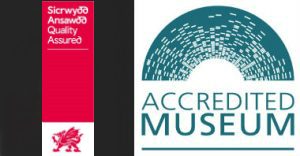The copper ore deposits in Cornwall and Anglesey were soon depleted and therefore the ore to supply the Swansea factories needed to be sought from further field.
In the 1850s copper ore was beginning to arrive from the Huelva Province of South Western Spain. The mines around Las Minas de Rio Tinto are reputed to be the oldest in the world, in use for over 5,000 years . Their mineral wealth was legendary in ancient times, supposedly the fabled ‘Mines of King Solomon’, part still known as ‘Cerro Solomon’. The Greeks, Carthaginians and Romans all invaded the area and exploited the mineral wealth.
Mining was largely abandoned after the Roman period. In 1871 the Spanish Government sold the mines to a British syndicate – The Rio Tinto Company, and in July 1873 the advert for a shares prospectus was issued in the Cambrian, the Swansea newspaper.
The area is now a Mining Park and Museum. There the British had a row of Victorian terraced houses with Roses at the doors, but in Andalucia 90 degree heat and Palm trees in the gardens ! A Presbyterian Gothic style Church contrasts with a Roman mine, where six year olds slaved , living and dying in the dark by twenty years of age.
The decimated area was used by NASA to test the Mars Rover vehicle for the exploration of that far off Planet, a very clear illustration of the bleakness left by mans desire for metal ore.

